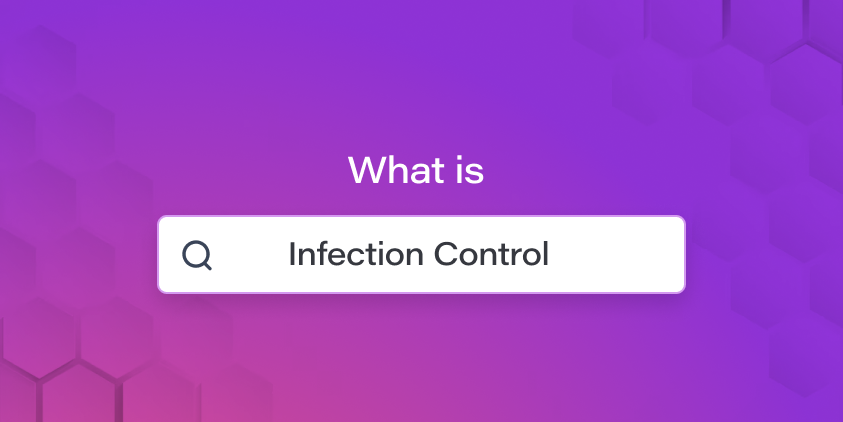Infection Control: A Comprehensive Guide
This article was written in collaboration with Christine T. and ChatGPT, our little helper developed by OpenAI.

Definition
Infection control refers to the policies, procedures, and systems designed to prevent and limit the spread of infections, particularly in healthcare settings. It involves a range of activities including sterilization, disinfection, vaccination, isolation, and the use of personal protective equipment (PPE).
Related Terms
- Pathogen: A disease-causing microorganism, such as bacteria, viruses, or fungi.
- Antibiotic Resistance: A phenomenon wherein bacteria evolve to become resistant to antibiotics, making it difficult to treat infections.
- Hand Hygiene: A practice vital to infection control, which involves washing hands properly and frequently to prevent the spread of infection.
Synonyms, Definitions, and Examples
| Synonym | Definition | Example |
|---|---|---|
| Microbial Control | The methods used to manage or prevent the spread of microorganisms. | Using antibacterial soap in hospitals is an example of microbial control. |
| Disease Prevention | Measures taken to prevent the occurrence of diseases. | Vaccination programs are an example of disease prevention. |
| Infection Prevention and Control (IPC) | A scientific approach and practical solution designed to prevent harm caused by infection to patients and health workers. | Using gloves and masks when dealing with patients is a part of IPC. |
Assessment Techniques and Tools
Infection control practices are typically assessed through observation, staff training records, and audits of the healthcare environment. Tools may include checklists for hand hygiene and PPE use, infection control audit tools, and surveillance systems for tracking infections.
Assessment Frameworks
Frameworks such as the CDC’s Healthcare Infection Control Practices Advisory Committee (HICPAC) guidelines provide a structured approach to assessing infection control practices. These guidelines cover various aspects including hand hygiene, isolation precautions, and cleaning and disinfection of environmental surfaces.
Assessment Documentation
Documentation is an essential part of infection control, providing a record of incidents, actions taken, and improvements needed. Documentation may include infection control logs, incident reports, audit results, and training records.
Legal and Ethical Considerations
Legal and ethical considerations in infection control include the duty of care to prevent harm to patients and staff, the responsibility to maintain patient confidentiality when dealing with infectious diseases, and the need for informed consent for infection control procedures such as isolation.
Real-Life Examples or Case Studies
Case Study 1: During the COVID-19 pandemic, a hospital implemented strict infection control measures including universal mask use, visitor restrictions, and regular cleaning of surfaces. This led to a significant reduction in healthcare-associated infections.
Case Study 2: In a nursing home, an outbreak of influenza was quickly contained through the use of infection control measures including isolation of affected residents, vaccination of staff and residents, and enhanced hand hygiene practices.
Resources and References
- Guidelines Library | Infection Control | CDC
- Infection prevention and control
- Principles of Infection Control and Epidemiology – NCBI Bookshelf
Conclusion
Infection control is a vital aspect of healthcare, with the potential to save lives and prevent the spread of disease. By understanding and implementing effective infection control practices, healthcare professionals can contribute to a safer, healthier world.
